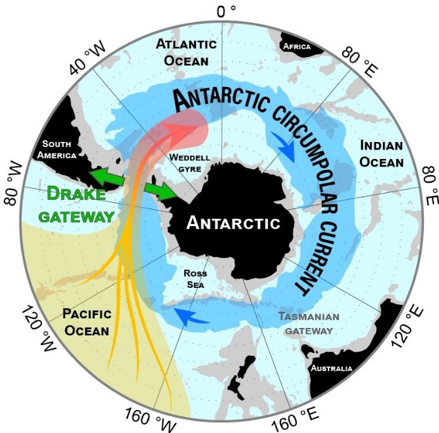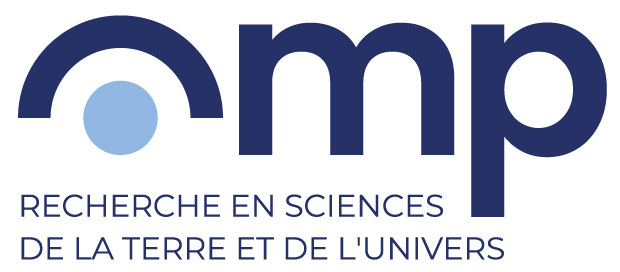IR OZCAR: links between hydrological diversity and critical zone heterogeneity
The critical zone is the most superficial part of our planet where water, rocks, air and life come together to shape our environment. In order to better understand how regional differences in the structure and evolution of the critical zone modulate the water cycle, scientists from 12 French laboratories, in which CNRS Terre & Univers is involved (see box), have cooperated to carry out a comparative study in three IR OZCAR observatories (AgrHyS, Naizin catchment, in Brittany; Auradé, Montoussé catchment, in the Gers; OHGE, Strengbach catchment, in Alsace; Figure 1).
Read more on the CNRS Terre & Univers website
GET contact: Sylvain Kuppel









